|
My original design idea for the Delvine Bralette was to have a gathered cup. But after I started adding the lace overlay options, there were just too many choices. I decided it would be better to include the gathered cup as a pattern hack. In this quick tutorial video, learn how to change the bust dart into gathers, while still adding a lining with darts for bust support and shaping. If you have any questions, leave me a comment below. Happy Sewing!
1 Comment
When I create patterns, I try to make them easy to customize not only for style but for fit as well. To get an optimal fit in the Delvine Bralette, it may be necessary to move the dart position so that it is aligned with the apex on the body. What is the apex?The apex is the fullest part of the bust, usually where the nipple lies. In the photo above, you can see that the dart aligns with the fullest part of the bust, and also aligns with the vertical seam on the dress form. Depending on your body shape, it may be necessary to alter the apex position on the pattern pieces. Video TutorialBelow is a video tutorial showing you how to determine your apex measurement and how to alter the pattern pieces. As I mention in the video, regardless of what front style you wish to use, you will need to begin with changing the pattern piece for Front A, D, E, F. Once you have changed it, you will need to copy the changes to Front B/C and any of the lace overlay pieces you wish to use. Other Dart QuestionsI have received a few other dart-related questions, so I will answer them here.
Why does the dart go past the apex? Usually when sewing tops and dresses, we want the dart to end 1"+ away from the apex point. If the dart ended directly at the apex, that would create pointiness in the bust, which is not very flattering. On my initial sample of the Delvine, I had the dart end directly at the apex point and the shape it created was pointy and not very pretty. But having the dart end above the apex point creates a nice rounded shape. Why are the dart legs curved? Again, when sewing tops and dresses, we usually see straight dart legs. Curved dart legs create a shape that contours more closely to the body, and in bra-making we definitely want a close fit! The curves in the dart legs create a rounded shape that contours to the roundness of the breast. How can I transfer the dart onto my fabric? When I made my samples, I used transfer marking paper and a tracing wheel. But one of my testers had a brilliant idea! She printed out an extra front piece and cut out the dart area, then used that to trace the dart. Do you have any other dart-related questions? Ask me in the comments section below. Until next time, Happy Sewing! I couldn't make patterns without the invaluable feedback from my hard-working pattern testers! They help me find any errors in the instructions and pattern pieces, and also help me test out my size range. Below are the beautiful creations from my pattern testers for the Delvine Bralette. Oh my goodness... once I took a close look at the main fabric, it made me laugh!!
|
CassieI design lingerie sewing patterns for everyday comfort and feminine style in an inclusive size range. Fill up your underwear drawer with beautiful custom-made bras and panties in your favorite fabrics and trims, designed to fit your body. Categories
All
Archives
March 2024
|

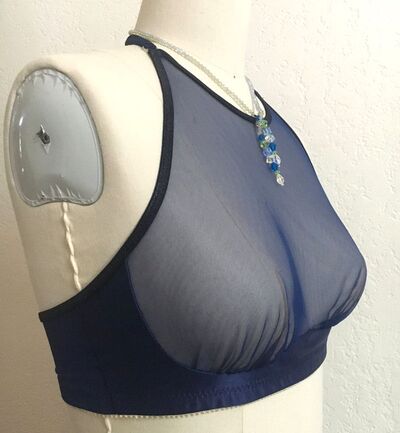
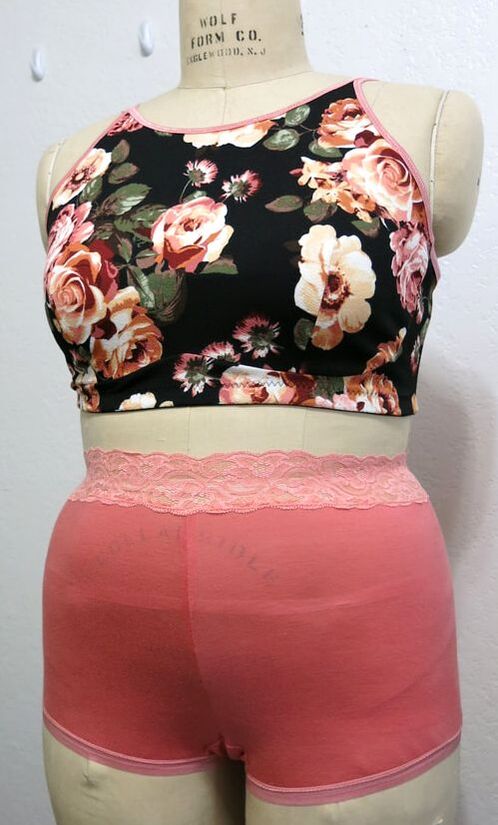
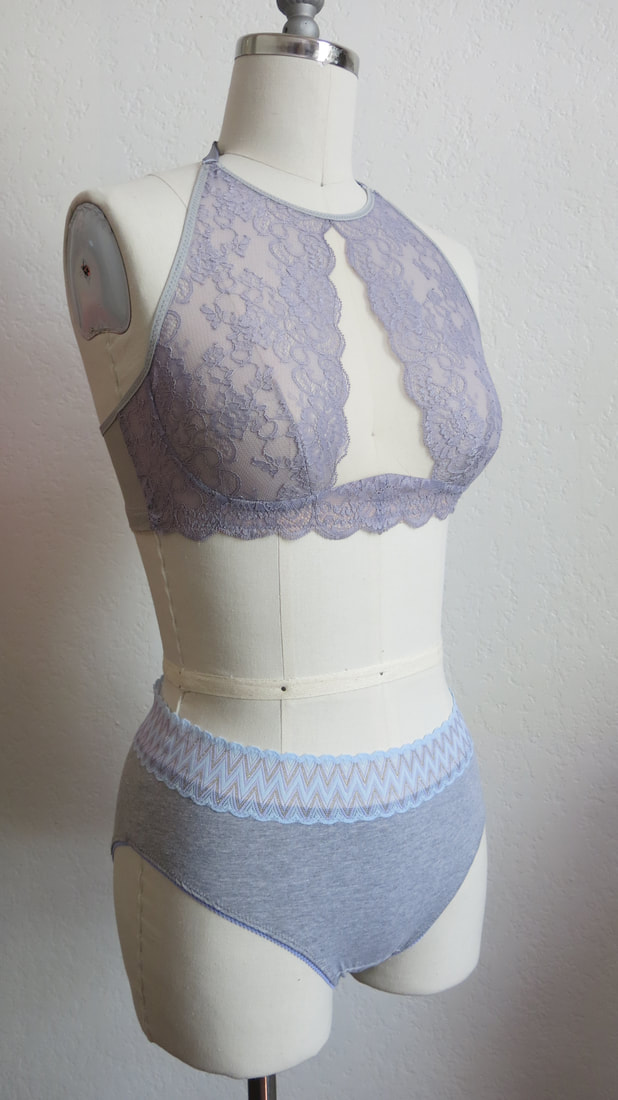
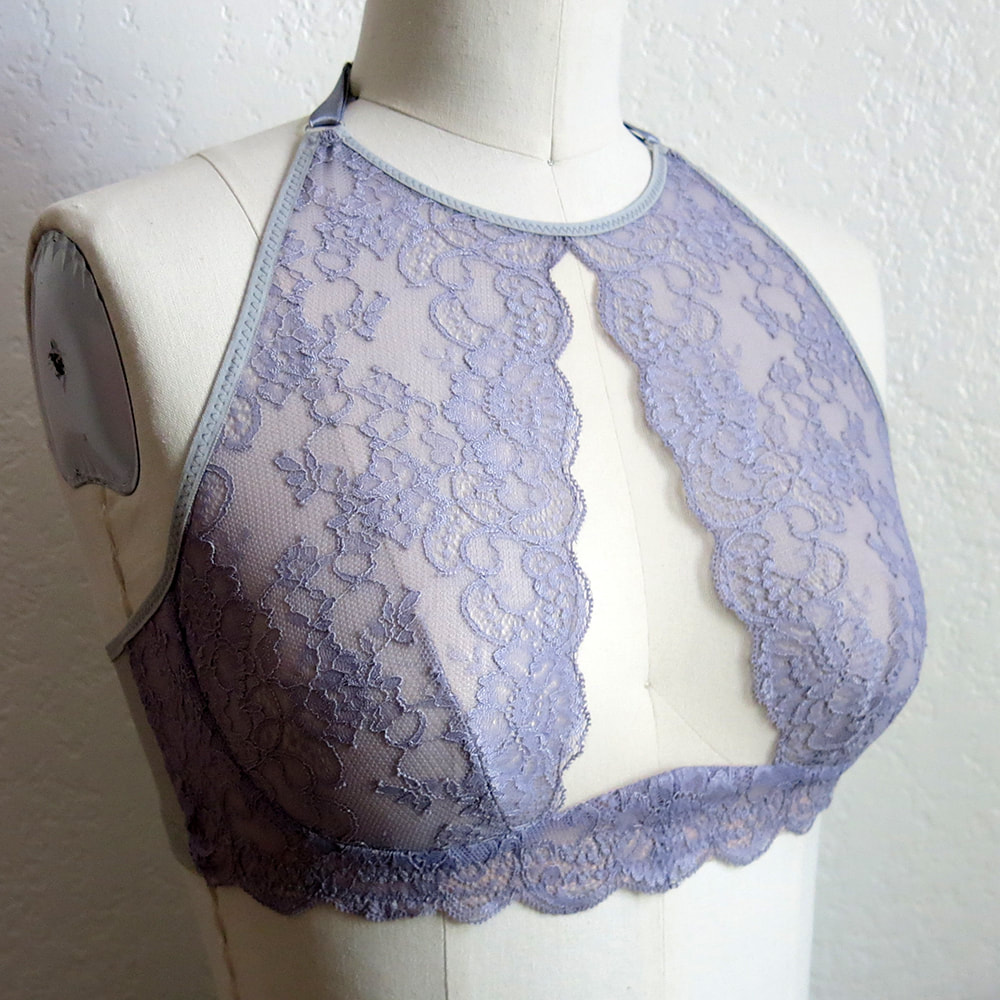
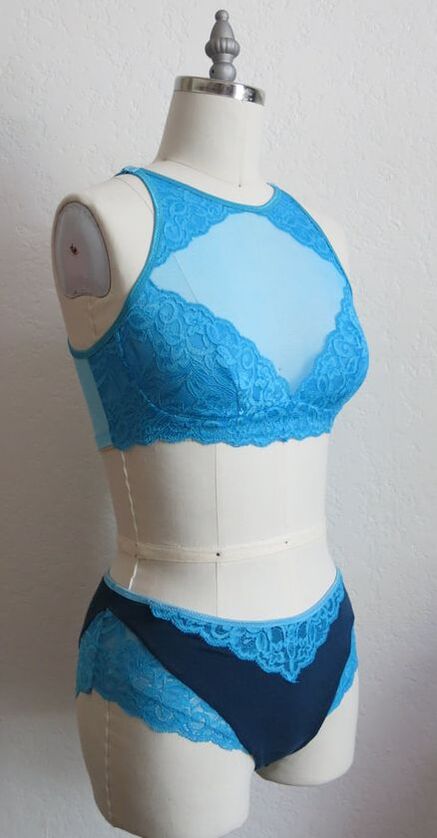
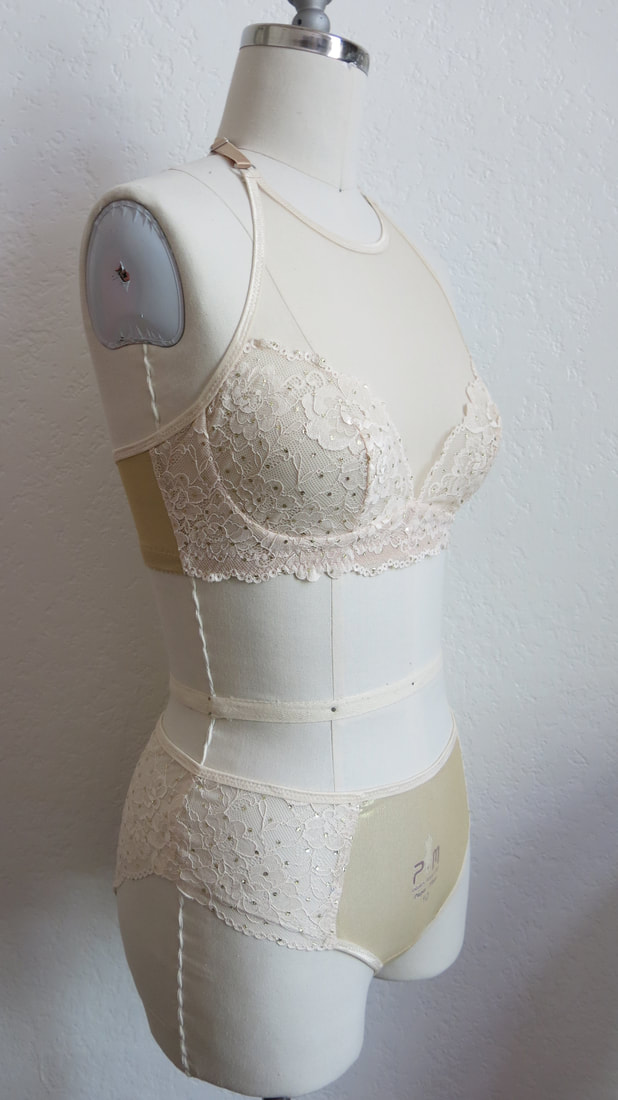
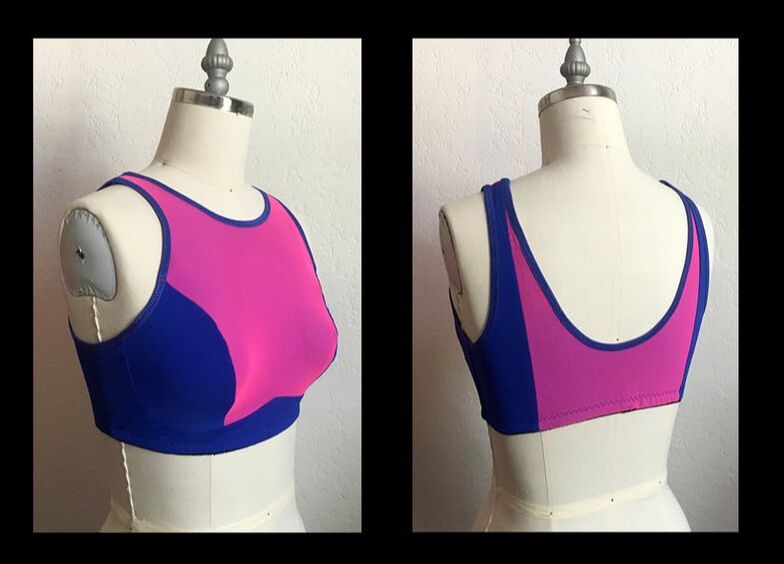
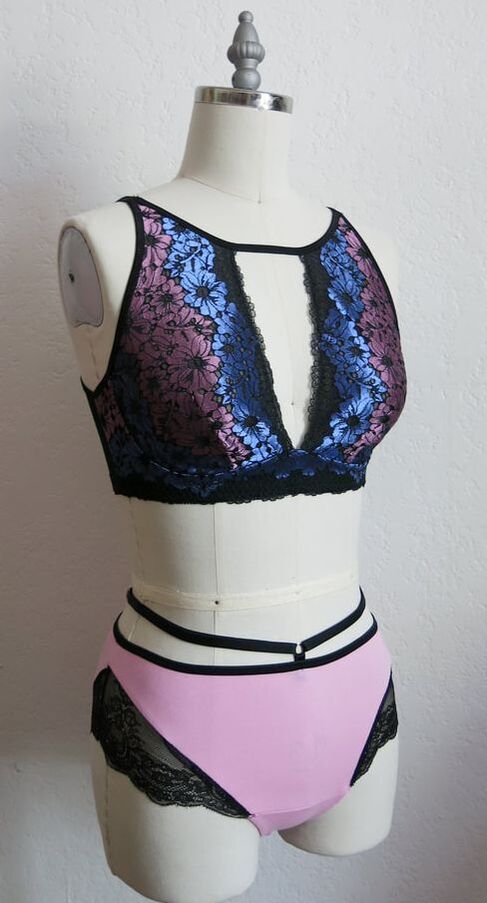
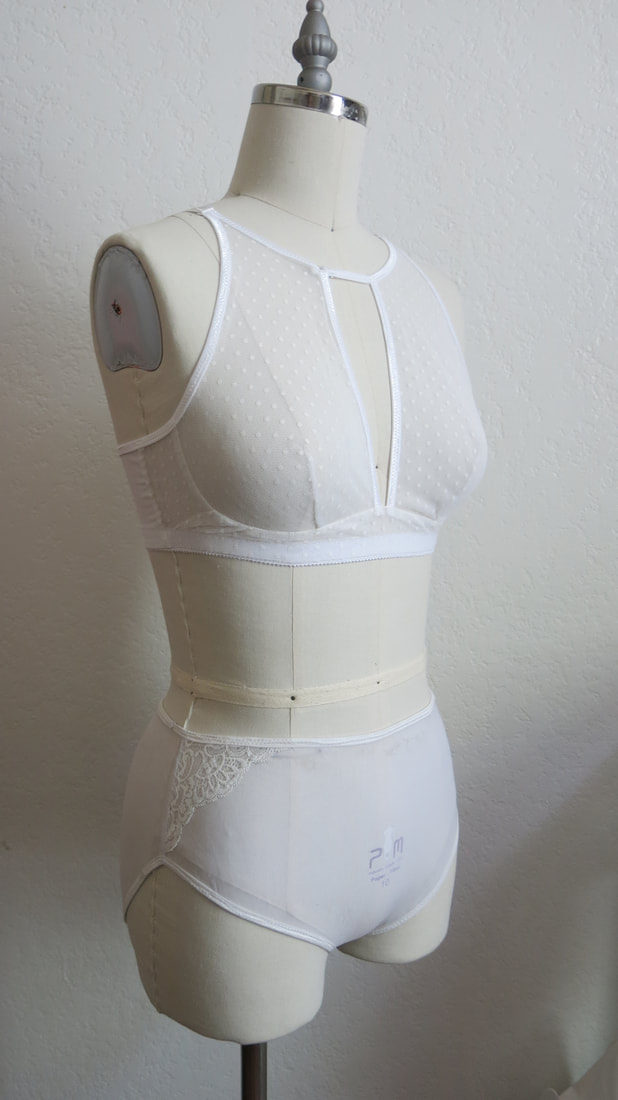
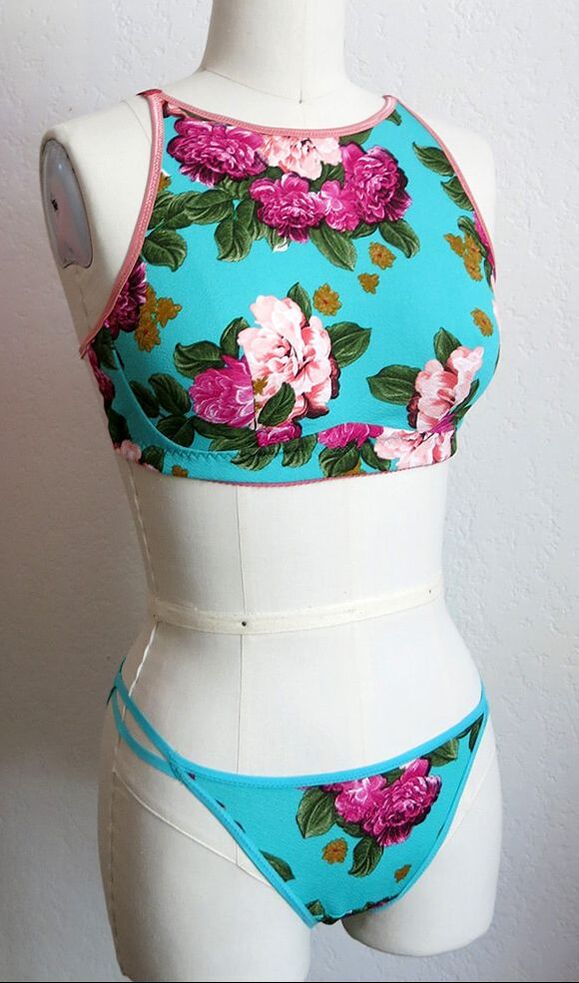
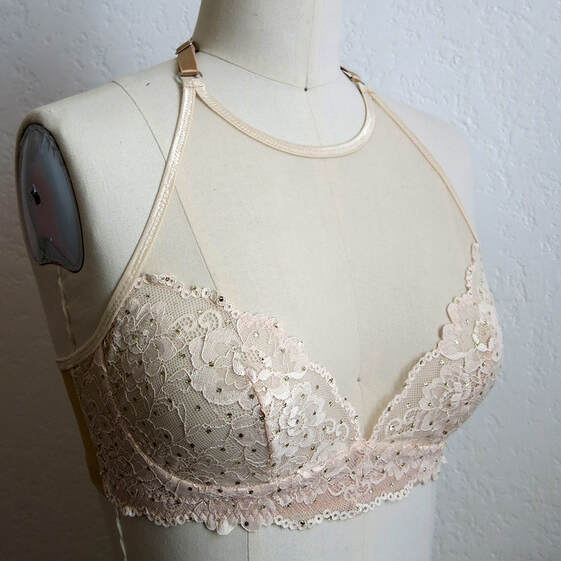
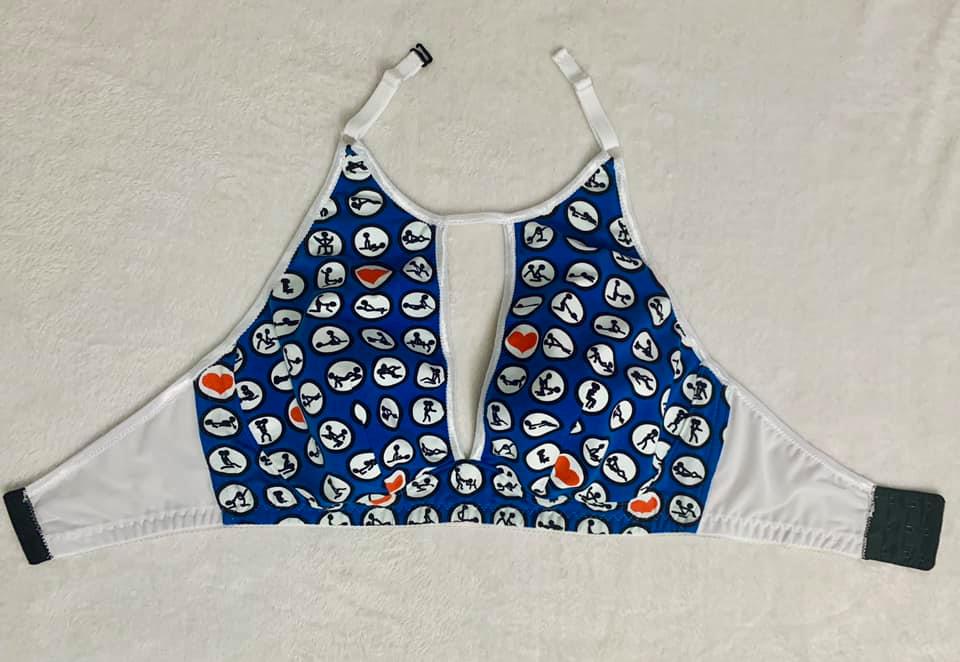
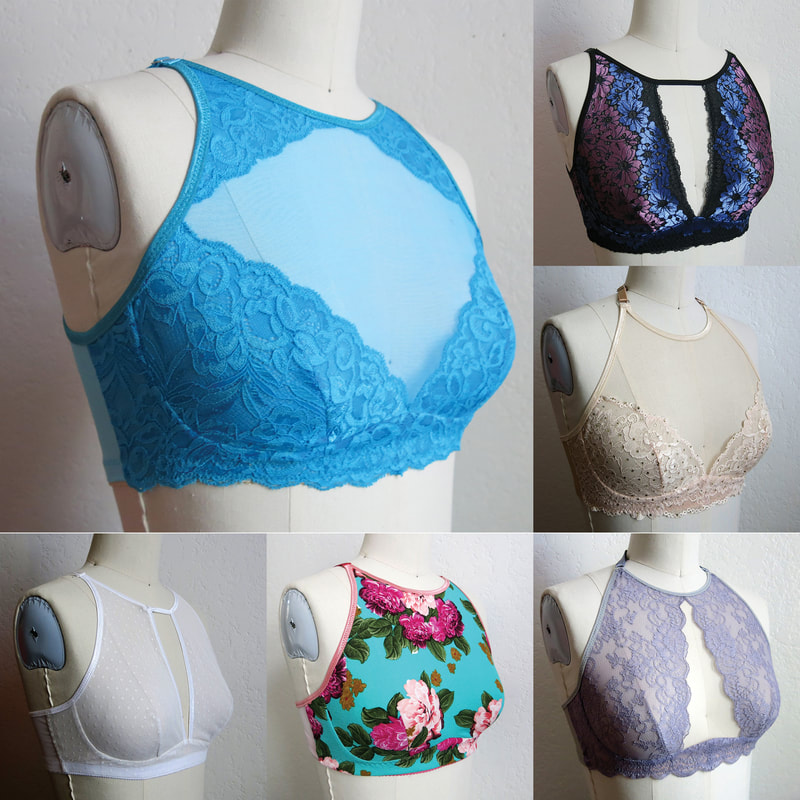

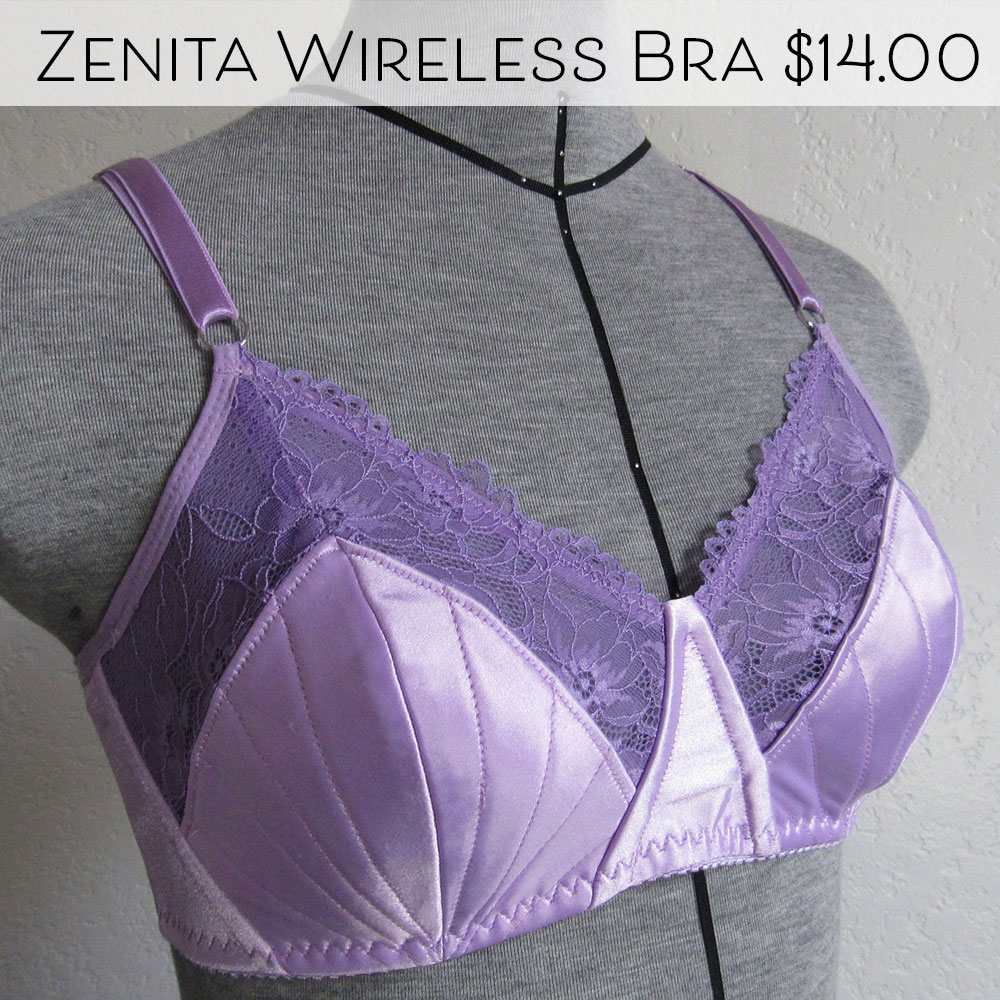
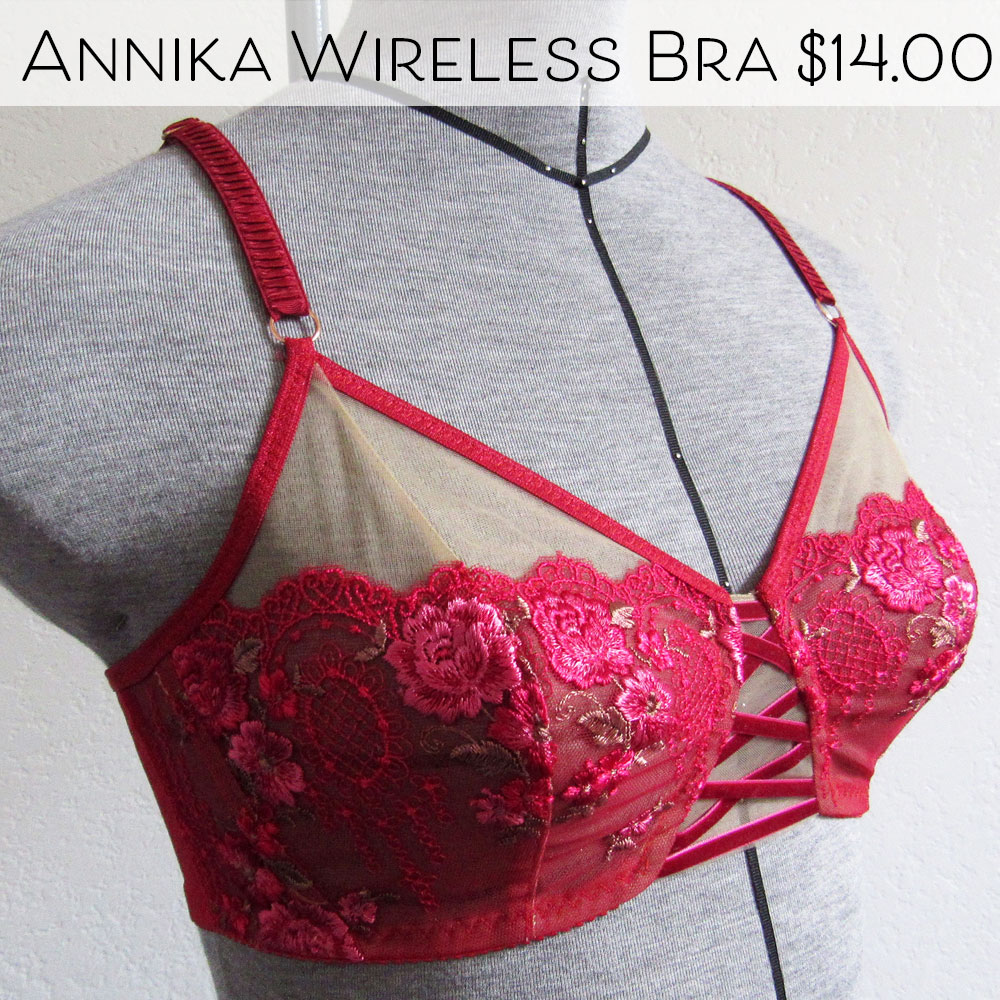
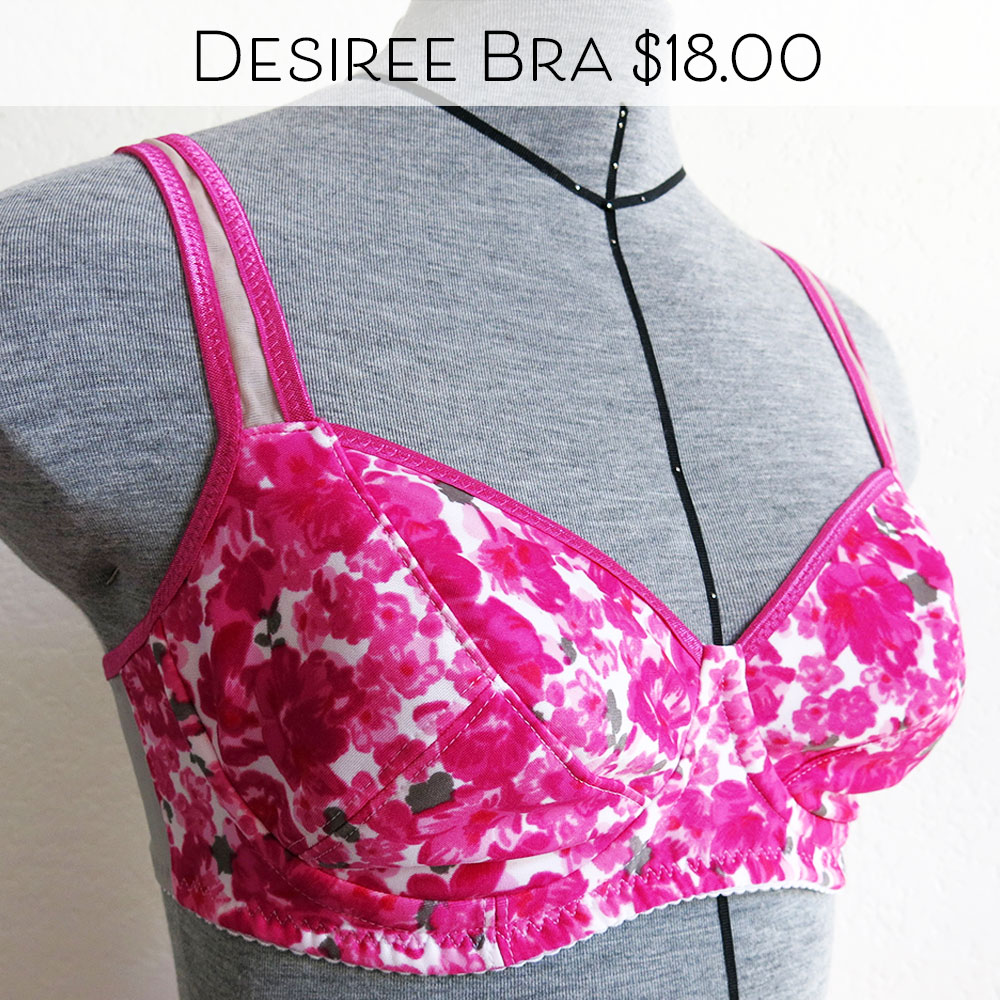
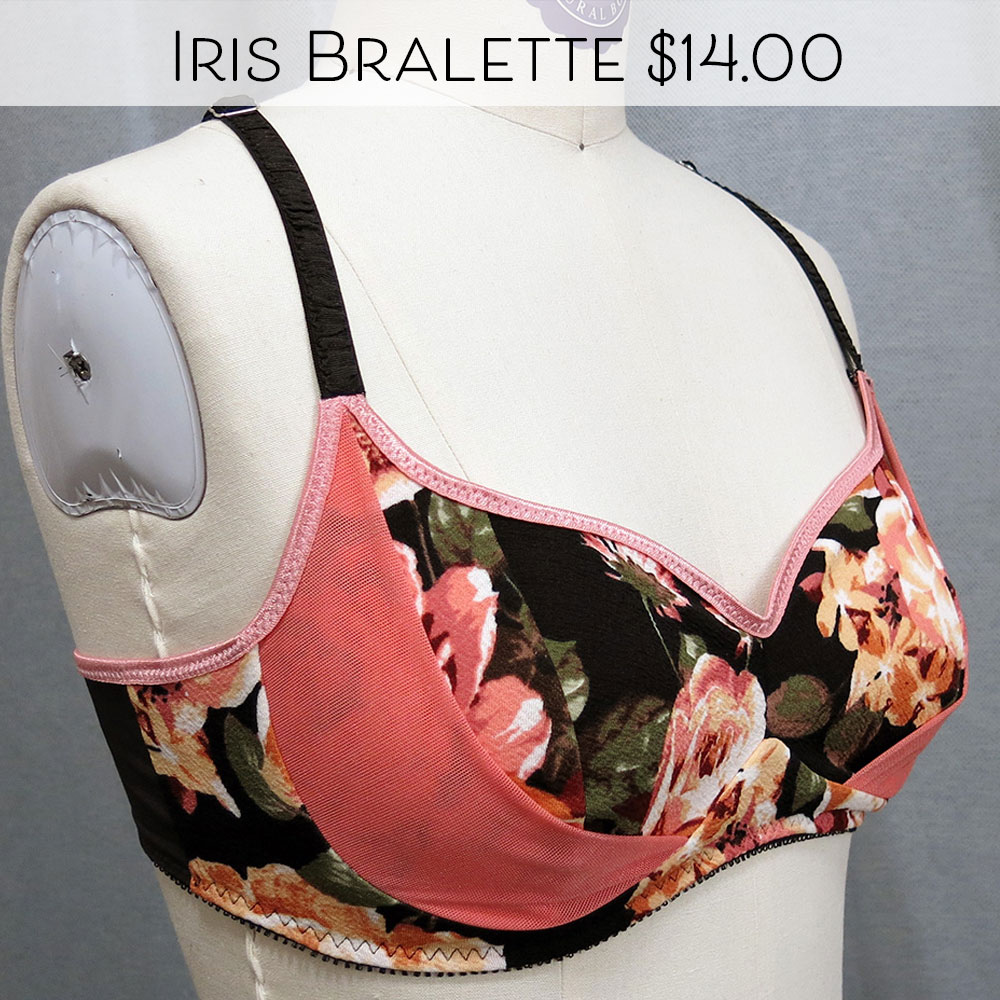
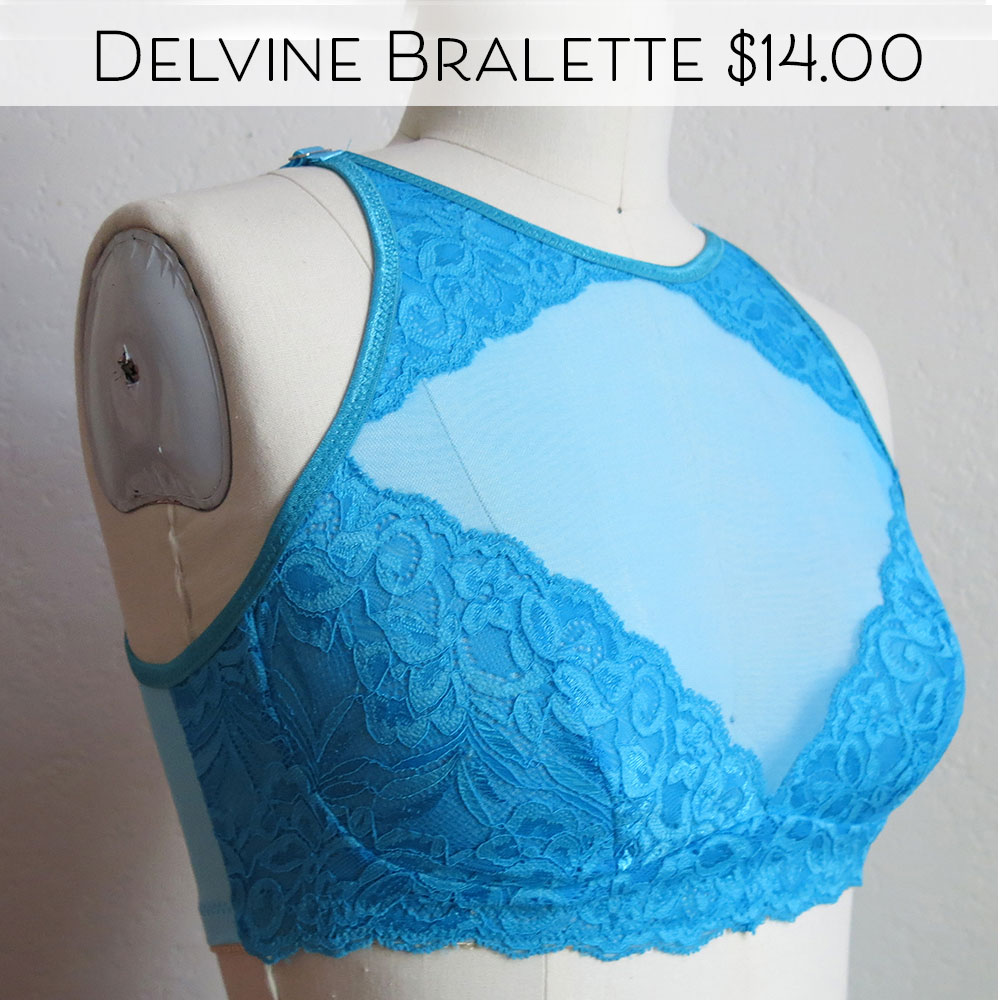
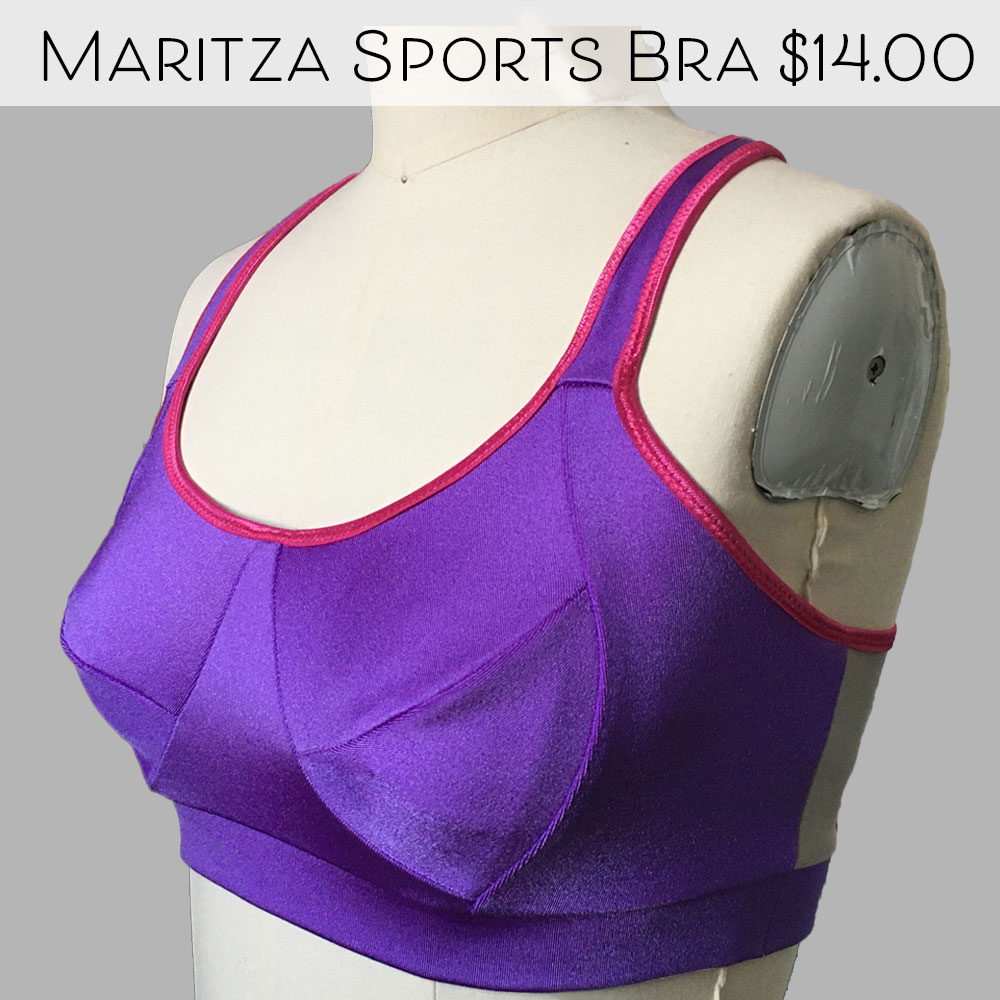
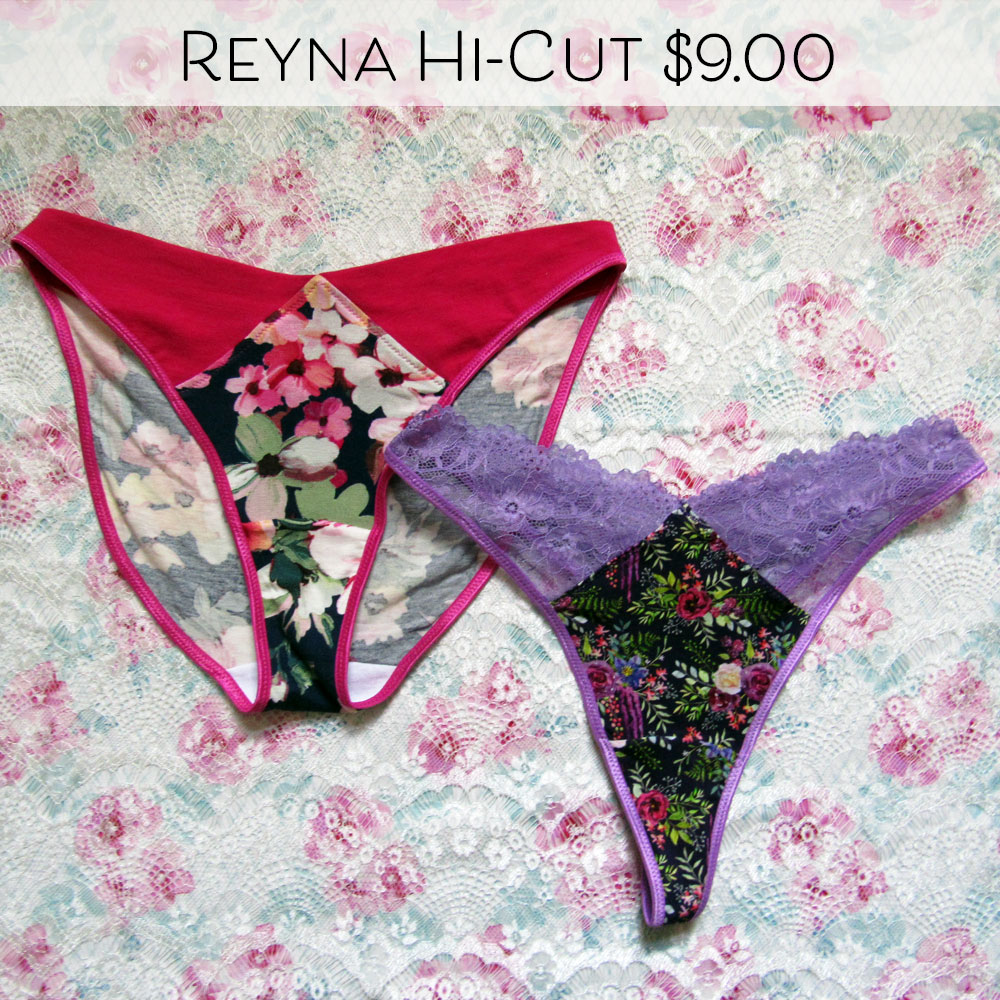
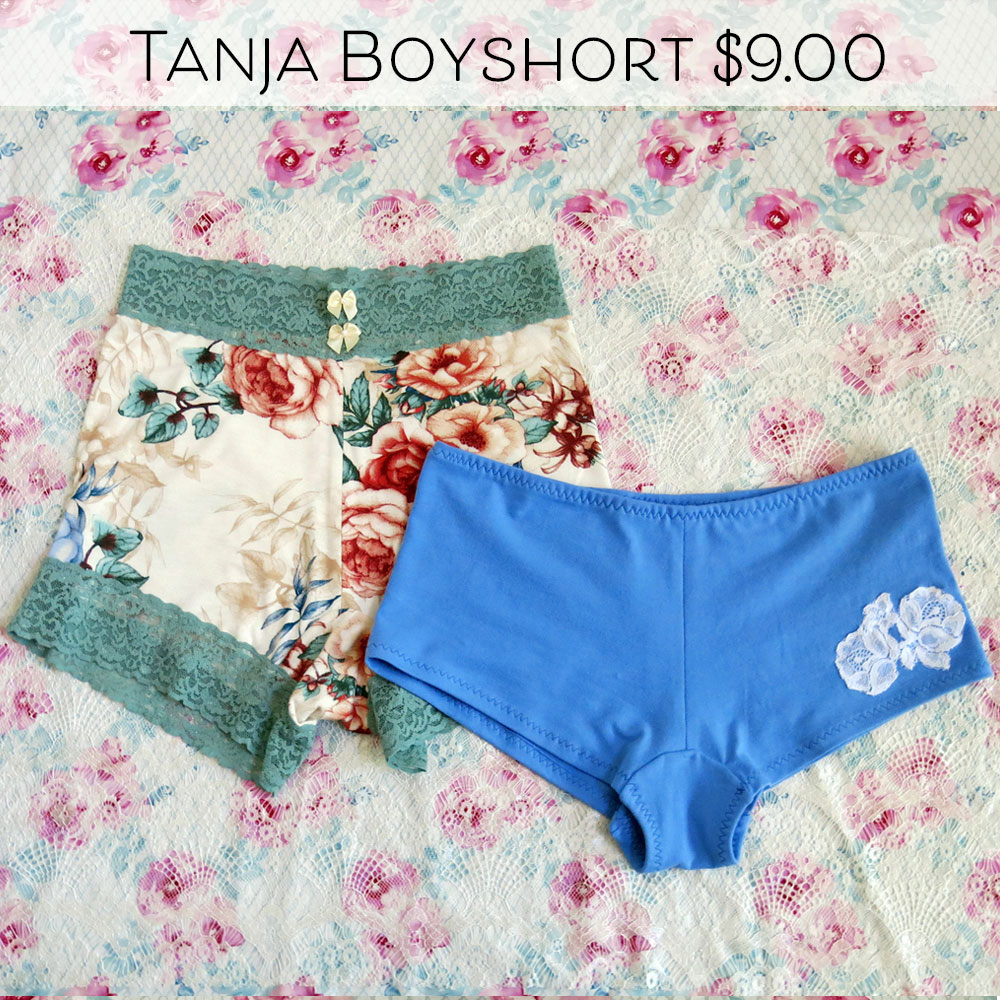


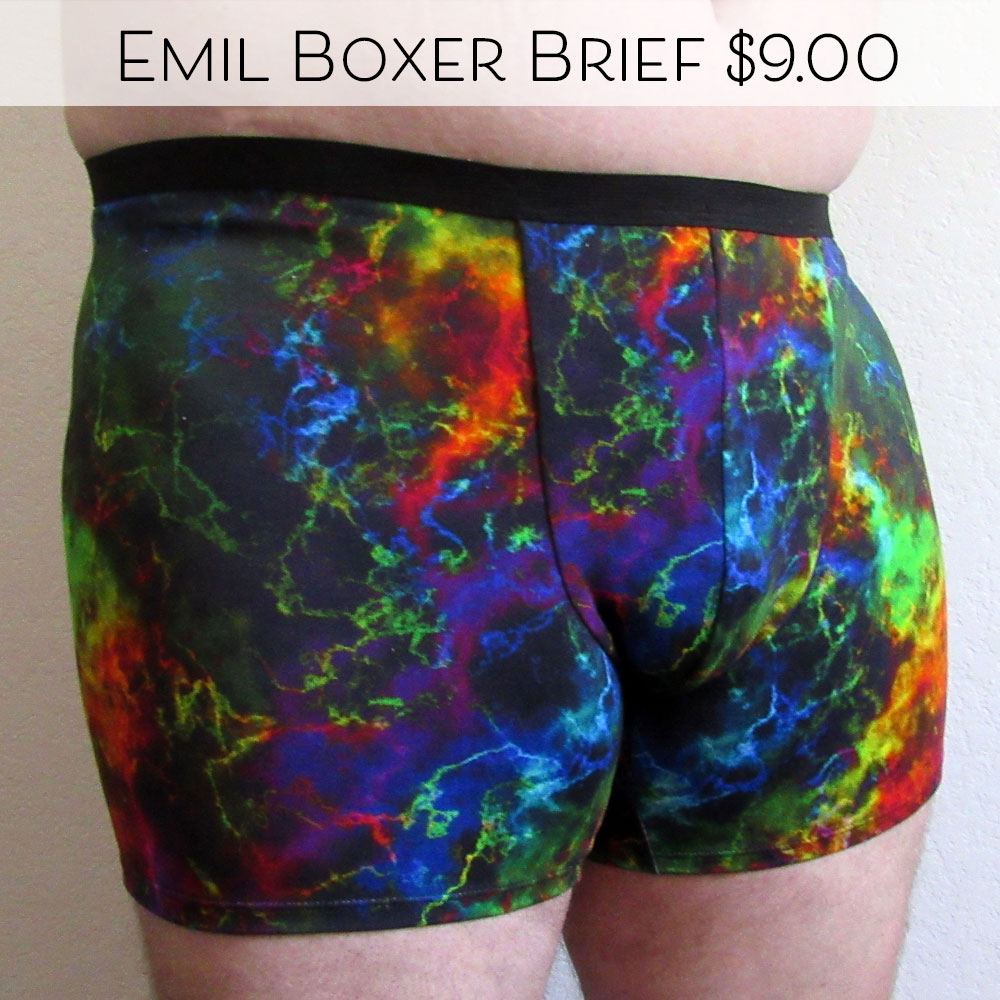

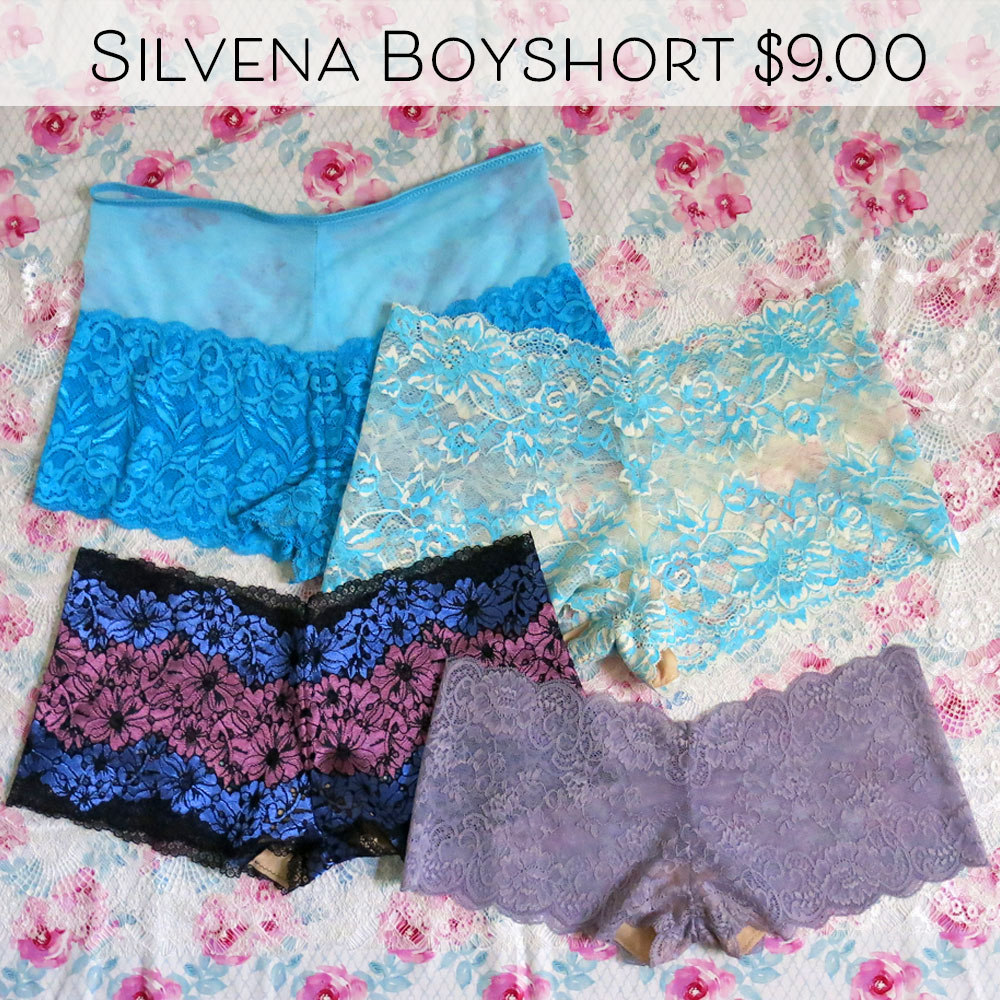
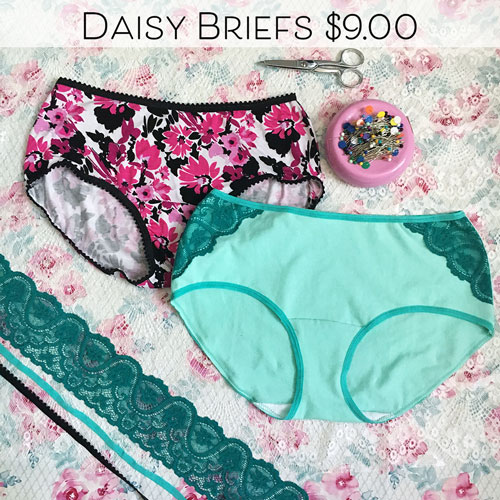


 RSS Feed
RSS Feed